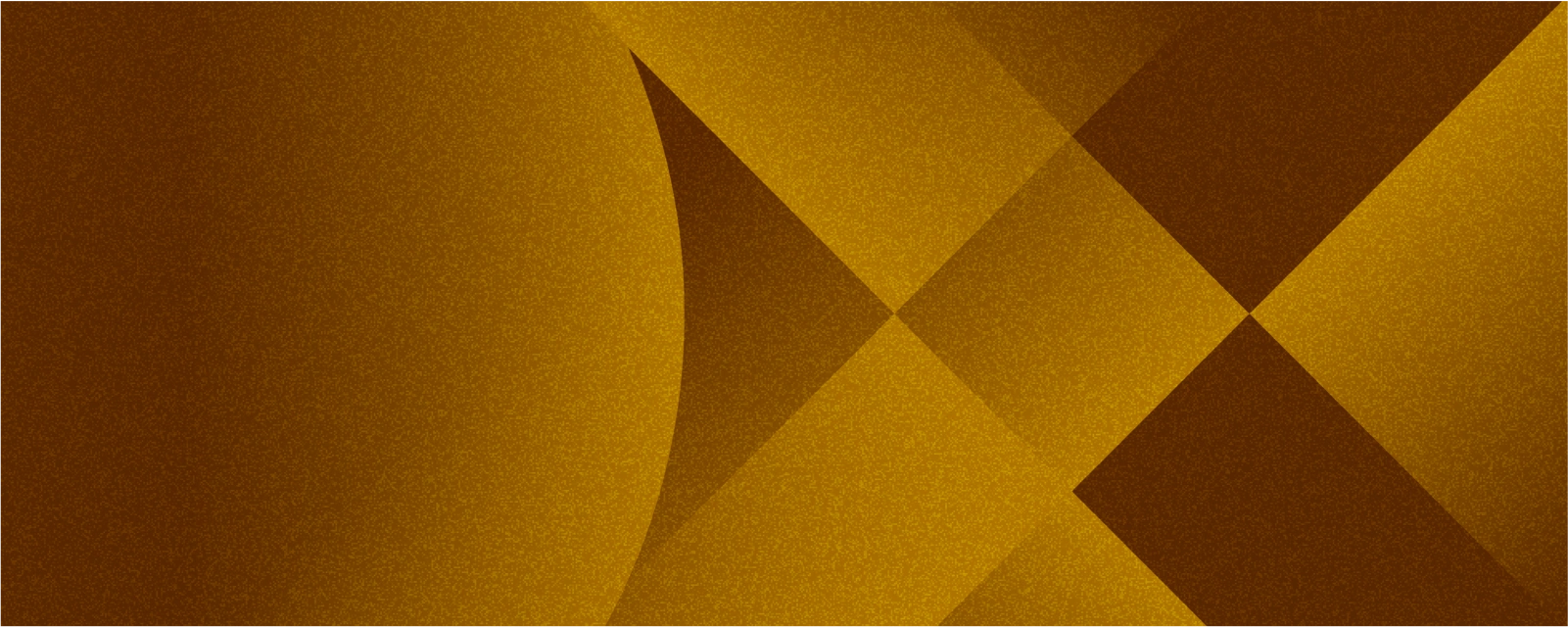October 25th, 2018 | by Jarosław Ściślak
EuroBLECH 2018: After 25 Years, the Weather Has Changed

Table of contents
EuroBLECH 2018 edition and Hannover (Germany) greeted us with pretty strong wind and not-that-mild rain but we’ve managed to take a dive into this year’s automation software product development and hardware solutions. Conclusions? The whole sheet metal and automotive industries are expected to thrive if they will adopt digitalisation, intelligent solutions like virtual reality (VR), pre-emptive industrial quality control and new manufacturing methods and materials. The weather might be cloudy in Hannover but it’s sunny overall and companies certainly feel the heat.
EuroBLECH 2018 Summary
EuroBLECH 2018 fair was about… everything, to be honest. A lot of companies from different walks of professional life participated with an idea, that their product will if not dominate the market, then at least be noticed. These 8 out of 37 halls, with over 1,500 exhibitors and 40 participating countries are a force to be reckoned with. Let’s add more than 61,000 visitors from 102 countries (39% from outside Germany) and you can imagine why they need buses to travel on the grounds of the messe.
Yes, everything. Some solutions for the Automotive industry, some for pre-emptive manufacturing quality systems, growth of automation and additive manufacturing in industry production pave the way for increased flexibility, enhanced precision, predictability and efficiency. Don’t take my word for it, this was a direct quote from Stephen Brooks, a chairman of Mack Brooks Exhibitions Ltd, organiser of the EuroBLECH. In a dedicated newspaper called Die Messe Daily, Brooks describes the potential for the future:
I see trends such as digitalisation or emerging manufacturing methods. For companies who offer such solutions, a certain specialisation on successful industry sectors will be essential. EuroBLECH, as a vertical technology show with a clear focus on sheet metal working, offers the ideal platform for new and emerging technologies that enable technological advancements in sheet metal processing.
Marketing jargon aside, he’s basically right. Our delegation for EuroBLECH saw companies offering very advanced systems that work with laser-cut precision. Let’s take the Safan Darley for example – they showed a wide variety of tech supporting electronic, hybrid and hydraulic techniques. The Prima Power company made a larger effort than a buffet lunch served after the press conference (which they had, by the way). Their impressive exhibition area and press conference focused on numbers and facts – in the 1980s, Mercedes-Benz had 5 models on the market. Today the company has as many as 28. 18,000 trim door variants exist for the Audi A6, while the BMW X3 offers 90,000 headliner variants. Prima Power’s Tangram 4.0 is a very specialized, modular solution for factory automation, with integrated robotic bending system. Surprised by the chaotic nature of this paragraph and given figures? Manufacturing effectiveness takes no prisoners and has to answer to the higher power – customers’ need for extreme personalization.
And speaking of which… Talking with exhibitioners reminded me that customers want end-to-end solutions. The laboratories for new and ground-breaking machines are not called that anymore, they are ‘experience centres’, which are basically laboratories disguised as showrooms. Sounds like marketing before the product and a customer? Yesterday’s answer would be ‘yes’, today’s is quite different. With the usage of VR to experience everything yourself, companies wield a lot of power over a potential customer. They can show the product under the new light, highlight the details and promote the ‘hands-on approach’. Under the Industry 4.0 and its goal of reconciling the conflict between maximum efficiency and minimum cost, new technologies are invaluable.
Virtual and augmented reality are the main topics of the EuroBLECH 2018 edition
Virtual reality and augmented reality (AR) are no longer gadgets. Companies who can optimize the time of employee’s training by implementing a virtual playground is a great example of a modern economy. Applications that help test production lines under VR is also a thing to watch out for. The trend here is simple – companies that invest in technologies and have advanced systems, build teams with a gaming, VR and AR background. Teams like Knights of Unity, for example.
Industry doesn’t end there. Companies seek out solutions for Internet of Things (IoT) platforms that help with information and data flow – in the boundaries of production environment and inside the cloud. The example is TwinCAT Analytics and TwinCAT IoT, components of a modular solution from Beckhoff. The main problem in similar cases is data security.
As says Radosław Szmit, CSHARK’s VP of Business Operations:
Let’s say you have data gathered through cutting by laser or a plasma. Now you have to secure the data pool, so that external access won’t be possible and the integrity of the data intact. Platforms like that also have to go through the extended compatibility testing to assure operational capacity under 5G environment.
There were other interesting companies. Bystronic for example focused on integrated automation, networked production, flexible system solutions and smart services. With their laser cutting, tube and profile processing, bending and automation, the company presented a compelling offer.
Trumpf on the other hand, focused on autonomous factories. To make the cutting process more reliable, the company introduced Smart Collision Prevention system and for autonomous machine processes they had Smart Noozle Automation. The fully automated TruLaser Center 7030 initiates a new part removal cycle on its own, without requiring any intervention. It then repeats this cycle as many times as necessary until it works. The machine processes and assimilates each of these retry attempts and learns from them.
Predictive maintenance is also a thing in a modern landscape and it was shown at the fair. As we said earlier in our blog, while writing about factories in Industry 4.0 and predictive maintenance solutions, the challenge here is to set up a thought-out platform that can gather and comprehensively analyse different types of data from a large scope of sensors and beacons. Logistics and just-on-time delivery depend on it.

Radosław Szmit:
On the software product development level, many companies that thrive on advanced mechanics and robotics don’t have enough resources to rewrite existing systems (nesting for example). They consider using highly specialized, interdisciplinary teams, consisting of engineers focused not only on software development but also advanced algorithms used in real-time image processing (FPGA, VHDL). They also consider hiring specialists with roots in the video game industry, to assist in VR/AR/3D projects.
To stay in the lead or at least on the market, companies often hire an outside force; teams with the experience in robotics (like Husarion) but also open minded. They have to be capable of thinking outside the box to deliver solutions ready to compete on the market. Companies work in short, maximum 2-year cycles, new products are introduced all the time. This means adapting is crucial. Nearshoring software development can make a difference between staying behind and time-to-market delivery.

This year’s 25th EuroBLECH 2018 motto was ‘Step into a digital reality’. Oh, haven’t we mentioned that before? It’s so obvious, we didn’t seem to care. Unlike the companies that should pay attention when the hype train is running beside them. In this case, it can take a form of EuroBLECH’s bus, but that’s beside the point.
The main focus of this year’s edition were Industry 4.0, Big Data and previously mentioned digitalisation. These fields offer a huge potential, especially for small and medium-sized companies. Advantages of streamlined and less complex processes, improved efficiency and boosted productivity are what makes the difference. But there is no Industry 4.0 without VR, AR, artificial intelligence (AI) and solutions that can be provided by the trusted partners. Some could be found at events such as EuroBlech. Others, providing software solutions, could be found through a lecture of a blog like this one. Hop onto the hype bus. Time is running out.


